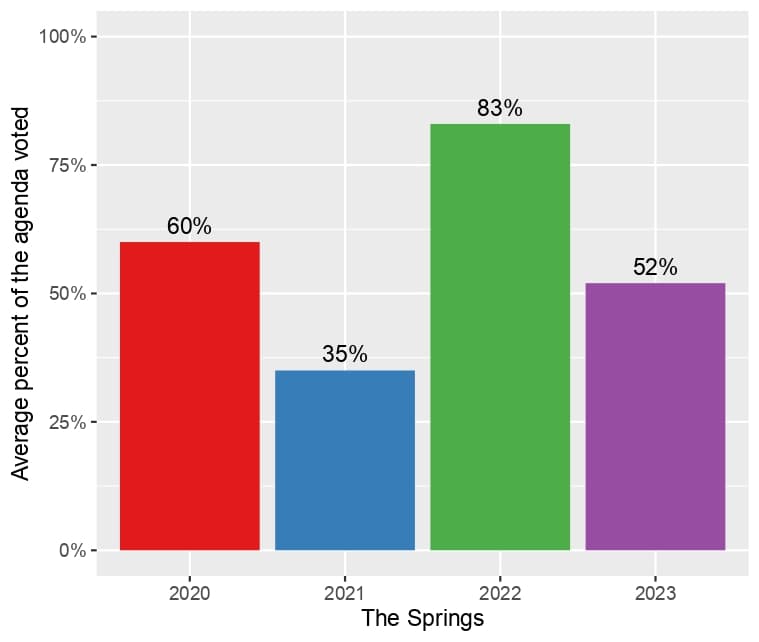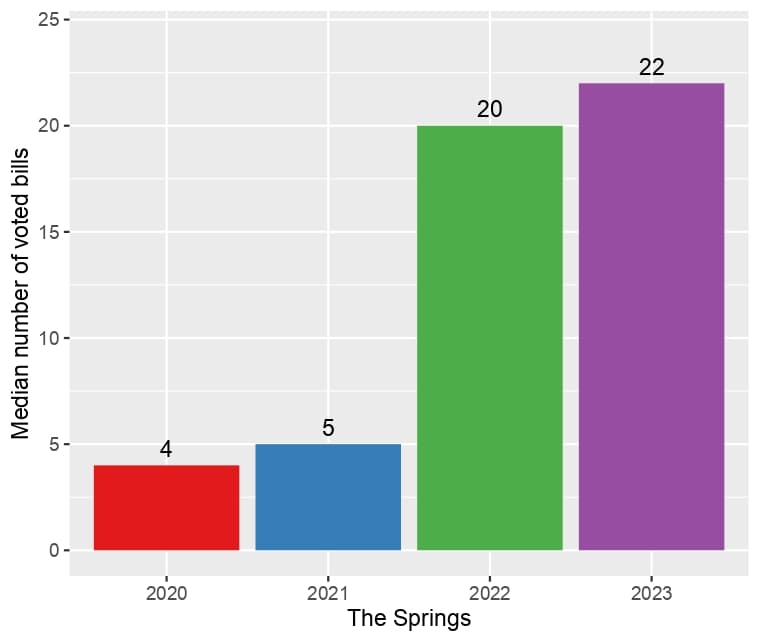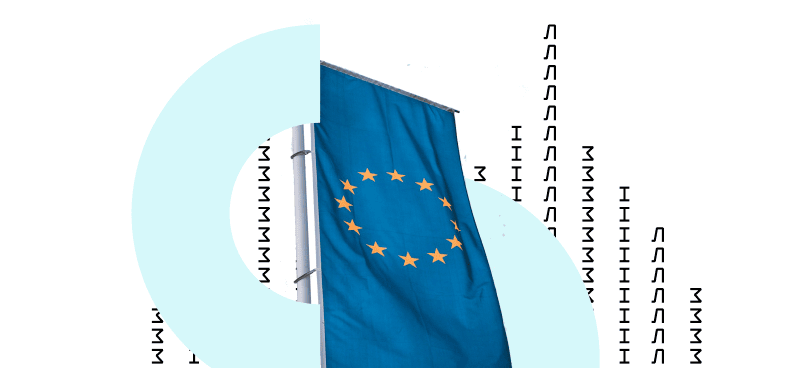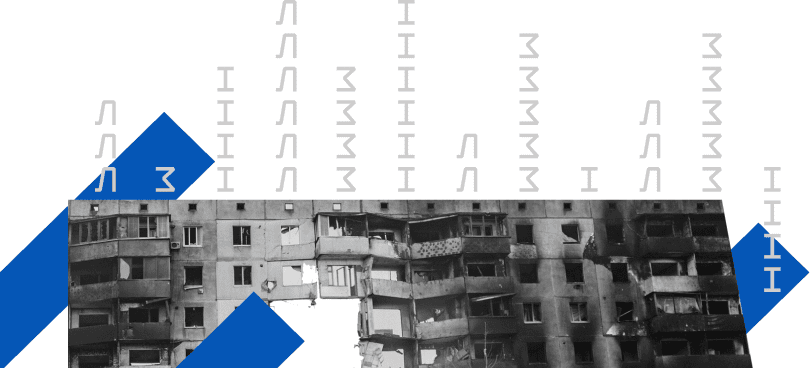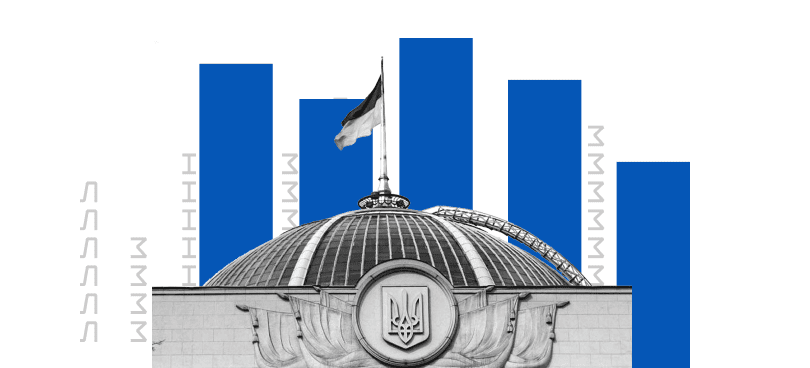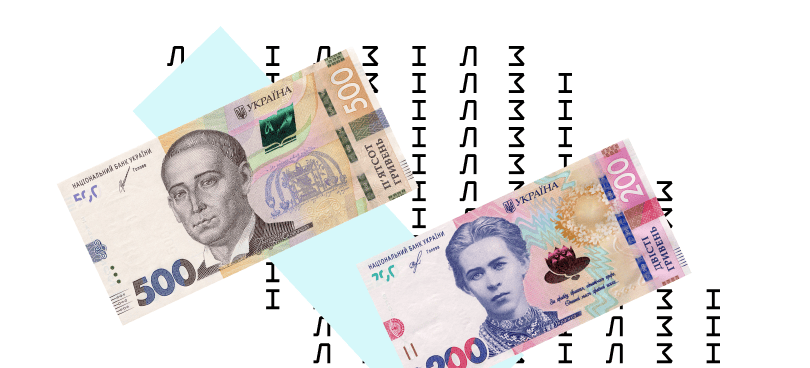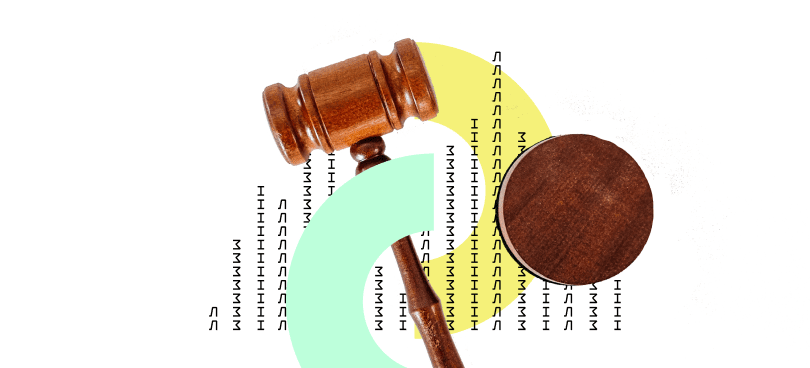The agenda of the Parliament is a list of draft laws that MPs are to consider in the session hall. Essentially, this is the Verkhovna Rada’s work plan.
Agendas and their implementation bring clarity to the Parliament’s work. This is the foundation of the quality performance of MPs, as they enable parliamentarians to prepare for the session and review draft laws to be put to vote.
Moreover, the availability of agendas is essential for the public and our partners, who may use them to keep track of the matters the Parliament has to vote for and when.
So, if the Parliament follows the agenda, this indicates the systematic and predictable functioning of the Verkhovna Rada, which is the most important democratic institution in Ukraine.
However, in the Ukrainian reality, agendas have long stopped being a perfect plan for the Parliament’s operation.
Ukrainian Parliamentary Practice
First, agendas are unreal in terms of the number of draft laws.
Sometimes, over 100 draft laws are included in the agenda for one session. It is physically unfeasible to consider such a significant number of draft laws and resolutions during a single day, given the need to discuss them.
To substantiate this assertion, we analysed four springs of legislative activity and deduced the capacity of the Verkhovna Rada of Ukraine, i.e., the maximum number of draft laws that the Parliament can consider in a single session.
Before martial law, the Verkhovna Rada performed quite consistently. In 2020 and 2021, the average statistical number of draft laws considered during one session was 6.7 (the difference between the analysed period of 2020 and 2021 being in two decimal points).
Although the speed of the Verkhovna Rada’s work hardly changed in practice, session agendas were very inflated. The plan significantly exceeded the MPs’ ability to analyse such many draft laws and the Rada’s capacity to consider them. For instance, in spring 2020, one agenda on average contained 10 draft laws, while in 2021, the number already reached 45.
After the introduction of martial law, the capacity of the VRU increased. We have observed that the average number of draft laws considered per session has increased by nearly threefold, whereas agendas have simultaneously shortened significantly.
The spring of 2022 saw an average of 84% of draft laws from the set plans being considered, which means much better adherence to agendas. It was during this period that they were most effective.
In the spring of 2023, the Rada preserved the speed of consideration, which was evidenced at the start of the full-scale invasion. For instance, the average number of considered draft laws per session is similar. At the same time, agendas are increasingly going beyond the Verkhovna Rada’s capacity in terms of consideration. In particular, the agenda for 30 May 2023 contained nearly 70 draft laws. It is unreal to consider so many draft laws during just one session.
Second, the consideration of draft laws may take place outside the plan or without any plan whatsoever.
Before martial law, MPs received the agenda a week in advance, so according to the logic, they had enough time to analyse at least part of these draft laws. Moreover, according to the Regulations, MPs were provided with the plenary session agenda by 6 p.m. on the day. However, it could differ from the previous weekly plans in that draft laws could be entered in a different sequence, or new draft laws could appear that were not initially included in any of the agendas.
After the full-scale invasion started, the already imperfect planning became even more chaotic. In spring 2022, agendas were handed over to parliamentarians just a few hours before the session. This was primarily associated with the Parliament’s security policy. When Russian tanks and artillery are situated within a few kilometres of the administrative border of Kyiv, it is imperative that the Parliament, including MPs, functions without prior announcement.
In spring 2023, the situation somewhat stabilised, and MPs started receiving the agenda one week before the start of sessions. But just as before, the previously devised agendas are not always followed – new draft laws may be put for consideration during the session, although there were no plans to consider them.
How to prepare an effective agenda?
It appears that the ideal agenda should be elaborated based on the Council’s past results.
Herein lie two distinct alternatives: prior to the full-scale invasion, in the spring of 2020 and 2021, the median number of considered draft laws per session, comprising half of the indicators being lower and half being higher, was 4 and 5, respectively.
After the full-scale invasion, the situation changed drastically: 20 considered draft laws per session in the spring of 2022 and 22 draft laws in the spring of 2023.
*We cite median data in the article to present a general picture, which, however, does not convey the multifaceted nature of the legislative process.
The pace of the Verkhovna Rada’s functioning during peaceful times, when amendment spam was prevalent and a consensus was not a fundamental principle, is entirely dissimilar to how the Rada works during martial law.
The agenda size, which is realistic for the Verkhovna Rada and does not go beyond extreme values, is 20 draft laws for the period until 2022 and 27 for the period of martial law. That is, there is no point in including additional draft laws on the agenda, as there will be no time to consider them, not to mention that MPs should still have time to review all draft laws for which they have to vote (and each draft law comprises dozens of pages with text).
Therefore, if agendas are more realistic, i.e., contain fewer draft laws that require consideration, then everyone will gain. The work of the Parliament is expected to become less chaotic and more predictable, which is crucial for the institutional stability of the Verkhovna Rada of Ukraine and for ensuring that the Parliament adopts high-quality decisions.
This, of course, does not imply that shorter agendas will suffice to address all the issues of the legislative process in Ukraine. Yet, this is one of the crucial steps.

